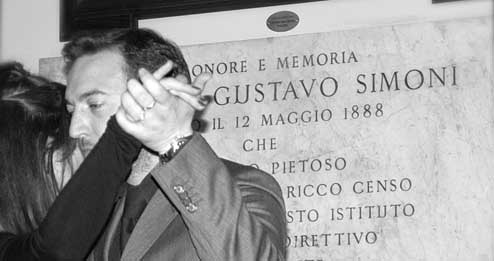"Blind is his love and best befits the dark", as Shakespeare, Romeo and Giulietta said, it is also true that the darkness of the theatre scene is convenient for those who do not see. It could be the capacity to move around gracefully in the hostile obscurity for sighted people, but for some time now the curtain was raised on theatre performance and dances interpreted and directed by companies formed of almost all people living with vision loss.
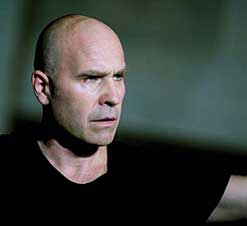
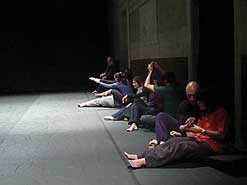
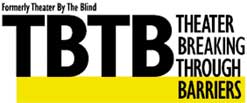
Among the first were Alicia Alonso, a Cuban ballerina who became partially blind at twenty years old and who began dancing in the 30s with the famous George Balanchine until she became a true ballet star of international status and founded the National Ballet Company of Cuba. The New York Theater Breaking Through Barriers is involved in creating performances with actors who live with vision loss. From scenographies designed to help blind actors perceive their environment on the stage, to scenarios in Braille, each detail enhances the public interest in attending performances which, initially, were created to provide awareness about disability, and today represent true entertainment of cultural importance. For sighted and blind people, the theatre offers the opportunity to live an emotional and aesthetic experience enthralling, capable of closing the gap that is often created between those who see and those who don't. Whether it is experienced by the public or interpreted by the protagonist, the live performance offers nevertheless the real possibility to overcome physical and mental barriers through a creative moment able to free the expressive potential that lies within each one of us.
A phenomenon that can be experienced in the ballet directed in Florence by Virgilio Sieni, choreographer and dancer in his Commedia del corpo et della luce; Interrogazione alle vertebre with Giuseppe Comuniello, a young blind man whose first time it is at the theatre and who has proven to be physical and showing a great potential for controlling his body and space. Sieni is promoting a dance that shares an experience on many levels. As a matter of fact, he has put together a performance which is expressed by professional dancers through their movements and words to a non sighted public, while the sighted audience attends the dance and the physical experience to a part of the public giving the performance a particular dimension to participation. His research continues, to this day, with labs and research based on body perceptions and the nature of gestures through people who are blind and sighted, giving life to Damascus Corner, a research group on choreographies formed by young blind people directed by Dorina Meta and Giuseppe Comuniello. As it happens often, art becomes a cognitive modality through which diversity expressed in a performance and perceived at the emotional level reaches the more profound levels of our sentivity and conscience. Theatre and dance therefore become not only a therapy for blind people who practice it, but also a moment of closeness between diverse realities as it happened at Bologna's Istituto Cavazza that organized last winter a class of tango. Sensuous dance par excellence, in which the dancing couple moves in perfect harmony, even with eyes closed to better feel the energy passing from a body to the other, it was at the centre of the first national course of Argentinean tango designed for people living with vision loss and organized by tango dancers Bruna Zarini and Gaby Mann in collaboration with Bologna's Italian Blind Union. Accompanied by poignant accordionist Massimo Tagliata, jazz musician
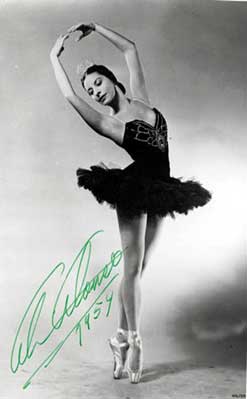
and ex-student of the Istituto, together with
Maestro Michele Mollica.
Participants to the
course have experienced the emotion of abandoning themselves to the magic
and the rhythm of Argentinean dancing finding themselves, thanks to the
evocative power of the dance and of the halls at the Institute, in the
sensuous and smoky atmosphere of Buenos Aires' places. That is the
strength which, through art, allows us to see and do things differently.
It is the expressive power of a book, a movie, a song which open the
curtain on the most secret areas of our soul, allowing us to explore dark
places and far away countries and to dance on the stage of our existence
to the rhythm that is most convenient for us. As always, Shakespeare was
right when he said in A Midsummer Night's Dream: "Love looks not with the
eyes, but with the mind; And therefore is wing'd Cupid painted blind." And
that is so, it is with the eyes of the heart that we understand and speak
the universal language of art, that of the emotions. This way, abandoning
ourselves to the passing of time, we can truly make a dance of our life,
as the Gospel says, and follow Madeleine DelbrÍl, poet, social assistant
and mystic, one of the most important spiritual figure of the 20th
century, who said to God: "Allow us to invent of ourselves. Joyful people
who dance their life with you.To be a good dancer, with you as elsewhere."
